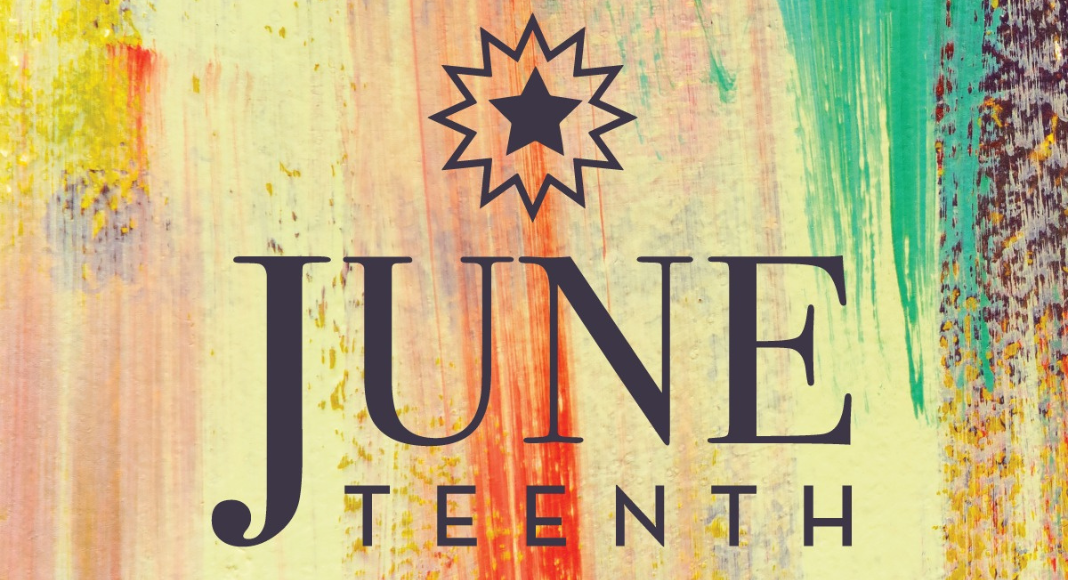 Schools did not teach Juneteenth when I was growing up (including college). In fact, I only heard about the celebration at a history conference. I was intrigued by the little-known celebration also called Jubilee Day, Emancipation Day, or Black Independence Day.
Schools did not teach Juneteenth when I was growing up (including college). In fact, I only heard about the celebration at a history conference. I was intrigued by the little-known celebration also called Jubilee Day, Emancipation Day, or Black Independence Day.
History of Juneteenth
Texas was the last slave state to set its slaves free. President Lincoln’s Emancipation Proclamation of 1863 needed union troops to enforce the order. Union troops were few in the then-remote state. On June 19, 1865, Union Army General Gordon Granger proclaimed the slaves in Texas free. Most Texas slaves heard about their freedom from Granger rather than Lincoln.
African Americans celebrated the first Juneteenth in Galveston, Texas in 1866. They celebrated with prayer meetings, singing of spirituals, and wearing of new clothes to symbolize their newfound freedom. Some consider it a second Independence Day.
This celebration spread to other places with speeches, educational events, family gatherings, picnics, festivals, food, music, dancing, etc. In 2021, it was declared a national holiday. Every June 19th, we now celebrate the end of slavery.
Need for Juneteenth
Many feel the US has yet to come to terms with over 250 years of slavery and oppression of African Americans. Juneteenth serves as a reminder that justice and freedom for African Americans has been delayed in the United States. Even after the Civil War, black rights were limited with Black Codes, segregation, Jim Crow, lynching, and voter suppression.
Juneteenth also serves as a reminder that slavery and oppression should always be in our country’s past. The US can improve by including all races and peoples. We can do this by celebrating diversity and kindness.
Rather than ignoring our history, we should acknowledge and teach the horrors of slavery and its legacy. Teaching will help ensure that slavery will not happen again. It can also help lessen the legacy of discrimination and bigotry.













